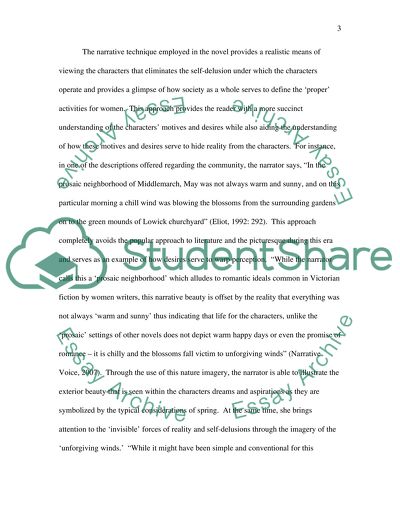Cite this document
(Narrative Voice in Middlemarch Literature review, n.d.)
Narrative Voice in Middlemarch Literature review. Retrieved from https://studentshare.org/literature/1546663-english-litvictorian-society-and-literature
Narrative Voice in Middlemarch Literature review. Retrieved from https://studentshare.org/literature/1546663-english-litvictorian-society-and-literature
(Narrative Voice in Middlemarch Literature Review)
Narrative Voice in Middlemarch Literature Review. https://studentshare.org/literature/1546663-english-litvictorian-society-and-literature.
Narrative Voice in Middlemarch Literature Review. https://studentshare.org/literature/1546663-english-litvictorian-society-and-literature.
“Narrative Voice in Middlemarch Literature Review”, n.d. https://studentshare.org/literature/1546663-english-litvictorian-society-and-literature.


